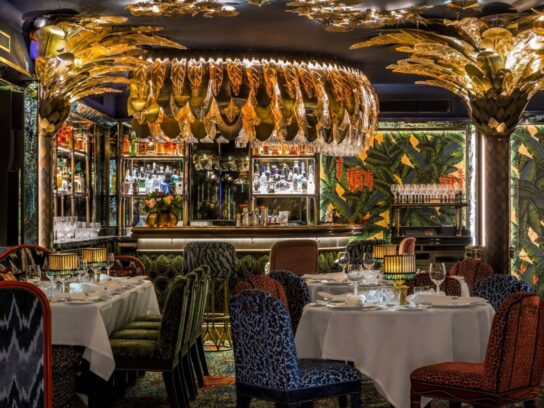
Have you noticed how many men in British literature, films and TV mention going to “my club”? What are they talking about? This month and next we will explore London’s mysterious, exclusive private clubs, their attractions, status of women, and how you may be able to visit or even join a club.
Who joins these clubs? Real members have included King Charles III, Prince William, Prince Philip, Boris Johnson, Winston Churchill, Benjamin Disraeli, Arthur Conan Doyle, Rudyard Kipling, the Duke of Wellington, William Gladstone, Lawrence of Arabia, Prime Ministers Margaret Thatcher, Theresa May and Liz Truss, Gwyneth Paltrow, and just about every important British politician, writer and pundit for the last 200 years. Prince Harry and Meghan Markle had their first date at London’s most secretive private club, 5 Hertford Street, and later wooed at the Soho House club. (Ironically, 5 Hertford Street, Boris Johnson’s favorite club, was the rebel HQ for Conservatives who recently ousted him from his premiership!)
Fictional club members have included James Bond, Auric Goldfinger, Mycroft Holmes, Phileas Fogg, Bertie Wooster, Harry Flashman, Captain Jack Aubrey, Lord Peter Wimsey, and many others.
What’s the attraction? Networking within social sets and meeting new and interesting people are obvious attractions. Another is that many clubs are located in spectacular historic buildings with glorious decorations and art, and are destinations in themselves.
While the public is not allowed in any of these private clubs, we have managed to stay or eat at fifteen London clubs, including:
The Reform Club—a beautiful paean to political and social reform. Located at 104 Pall Mall and built in 1841, it was inspired by Michelangelo’s Palazzo Farnese. Original members had to support the 1832 Great Reform Act, hence the name. The magnificent public rooms include a library with 75,000 volumes, 120-foot-long dining room, card room, billiard room, and “silence only” study room. Our large bedroom was ensuite and refurbished but without air conditioning.
The Carlton Club, a temple to the Conservative Party, founded in 1832. Its standard Georgian building at 69 St. James Street conceals a lovely, massive staircase topped by a large dome invisible from the street. We stayed in a unrefurbished, rather dated, ensuite bedroom with twin beds, and air conditioning—not a common feature.
The Travelers Club at 106 Pall Mall—it was built in 1829 by club member Charles Barry, who designed the Houses of Parliament. The Club was inspired by Raphael’s Palazzo Pandolfini in Florence. Inside is one of the most beautiful libraries in London, with a gorgeous red and white frieze replicating the Temple of Apollo in Greece. Our bedroom was refurbished, ensuite and air-conditioned.
Some of the other clubs we have stayed or dined at include the East India Club, where the Prince Regent received the news of the victory over Napoleon at Waterloo; the Caledonian Club in Belgravia, with good refurbished bedrooms at a reasonable rate; the Lansdowne Club in Mayfair, with slick modern bedrooms and an historic meeting room where Benjamin Franklin negotiated the treaty which ended the Revolution and gave the U.S. its independence; and the Royal Automobile Club headquarters in Pall Mall—surprisingly the most magnificent club in London. There are over sixty active private clubs in London (see Wikipedia.org’s “list of London’s gentlemen’s clubs”), many with bedrooms, so we have barely scratched the surface.
There are about fifteen holdout clubs that do not admit women as members. Astoundingly, the oldest club, White’s, founded in 1693, does not even allow female staff or guests! The only exceptions were that Queen Elizabeth II was allowed to visit once, and in 2018 a woman prankster snuck in disguised as a male construction worker.
Over the past two decades about twenty expensive, shiny private new clubs have sprung up that are attracting movie stars, supermodels, aristocrats, plutocrats, artists and “bright young things.” These include Annabele’s, Soho House, and Ten Trinity Square. Almost all these new clubs welcome women members, while the AllBright is a club for “a community of brilliant and smart-minded women,” where men can be guests but not members.
An unusual and commendable private club is the House of St. Barnabas in Soho, founded in 2013 by actor Brian Cox and others in a Grade I listed building. The 825 pounds ($998) per year club dues support finding jobs for London’s homeless.
There are two ways to penetrate the closed world of London clubs, if you are “mad keen.” First, get a letter of introduction from your “reciprocal club” in the U.S.. These can be city, golf, university, alumni, faculty or other clubs in a reciprocal network. (That is our ticket.)
Second, join a London club—try the Royal Over-Seas League (ROSL) or the Lansdowne Club. The non-profit ROSL occupies a large clubhouse with 80 modern bedrooms in a wonderful central location beside Green Park. The entrance fee and annual membership for overseas members are each a modest 270 pounds. The Lansdowne in Mayfair with 73 modern bedrooms often accepts overseas members for a 1200-pound entrance fee and 510-pound annual dues. The Lansdowne has a huge reciprocal network of 250 private clubs worldwide.
Next month we will visit the lovely Royal Automobile Club—Woodcote, in southwest London. See you there!
Photos courtesy Lew Toulmin

Exterior of the Carlton Club, St. James Street, London. The Club was founded in 1832 by the Duke of Wellington. Current annual dues are about 1700 pounds ($2056 at current exchange rates, per xe.com). Prime Minister Harold Macmillan, member of the Carlton for 57 years, once noted that, “The ideal club should consist of 75 percent gentlemen and 25 percent crooks.” Hmmm…. Was he talking about ALL clubs, or only clubs run by the Conservative Party?

Exterior of the Reform Club in Pall Mall. King bedrooms cost about 235 pounds per night during the week and only 120 pounds for Friday through Sunday – a real bargain for London. I was surprised to learn when there that my distant cousin William Lygon, the seventh Earl of Beauchamps and an inspiration for Brideshead Revisited, was a member. He was a Cabinet member and the coronation sword bearer to King George V. Sadly, he was outed for homosexuality in 1931 and forced to flee the country forever to avoid prosecution.

A typical small bedroom at the prestigious Oxford-Cambridge Club, where we stayed in 2017. These bedrooms are quite expensive for clubland, now about 275 pounds per night on weekdays and 240 on weekends, and the square footage was so small that the desk at the foot of the bed was unusable.

A lovely clerestory at the Royal Over-Seas League clubhouse in London. The club offers double and twin bedrooms at 170 to 240 pounds per night in low season and 190 to 270 pounds per night in high season. Discounts are offered for long stays. All rooms include breakfast, AC, and free WiFi. A typical bedroom in the hotel wing is about 12×12 feet with views over rooftops to the nearby St. James’s Palace.

Meghan Markle, now ex-HRH but still the Duchess of Sussex, leaving the exclusive club 5 Hertford Street in Mayfair in 2015. The club was founded in 2012, one of a wave of new, non-traditional clubs in London. Other celebrities spotted there include Prince William, Princesses Beatrice and Eugenie of York, ex-PMs Liz Truss, David Cameron, and Tony Blair, George and Amal Clooney, Mick Jagger, Leonardo DiCaprio and Bill Gates. The annual membership fee is about 2850 pounds per year.

The bar at the Arts Club in Mayfair, founded in 1863 by Charles Dickens, Anthony Trollope and other authors. The joining and annual fees for over 30-year-olds are each 2000 pounds, with the fees for under-30s set at half that

Three views of the Chelsea Arts Club, which has its outside repainted regularly by its own members, and is famous for its twice-yearly dress ball, held continuously for 116 years. The joining fee is a modest 295 pounds, with annual dues of 598 pounds.

Women enjoying lunch at the AllBright Club at 24 Maddox Street in Mayfair near Savile Row. The club is for women interested in networking, learning and self-improvement. Membership in the physical club is 1650 pounds per year, but there is a much cheaper digital membership with access to 150 courses and a world-wide network of women, with a free version and a plus version for eight pounds per month.

The over-the-top Jungle Bar at Annabele’s in Berkeley Street, Mayfair, one of the most exclusive clubs in London. Notable members have included Charles and Camilla, now the King and Queen Consort, Princess Anne, and President Richard Nixon. Visitors spotted have included Queen Elizabeth II, Diana, Princess of Wales, Sarah Ferguson, Duchess of York, Tom Cruise, Penelope Cruz, Rihanna, Lady Gaga, Naomi Campbell and Kate Moss. The club has 26,000 square feet, includes professional entertainment and gambling venues, and has a 1250 pound joining fee and 3250 pound annual dues. Despite this, there is a one year waiting list to join!


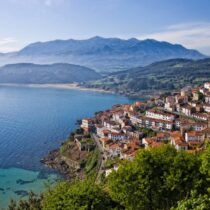
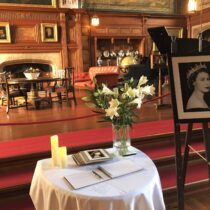

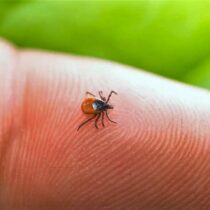
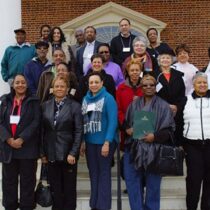


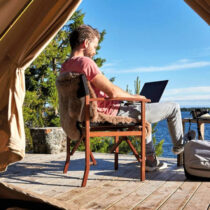


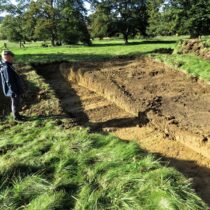
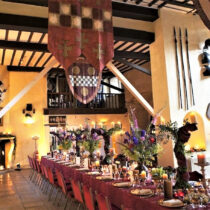

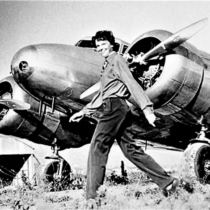
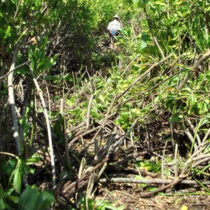
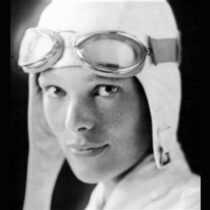
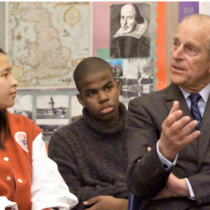


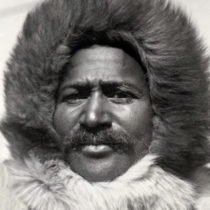
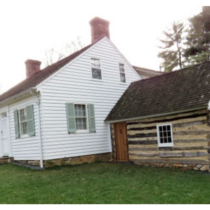
Comments are closed.